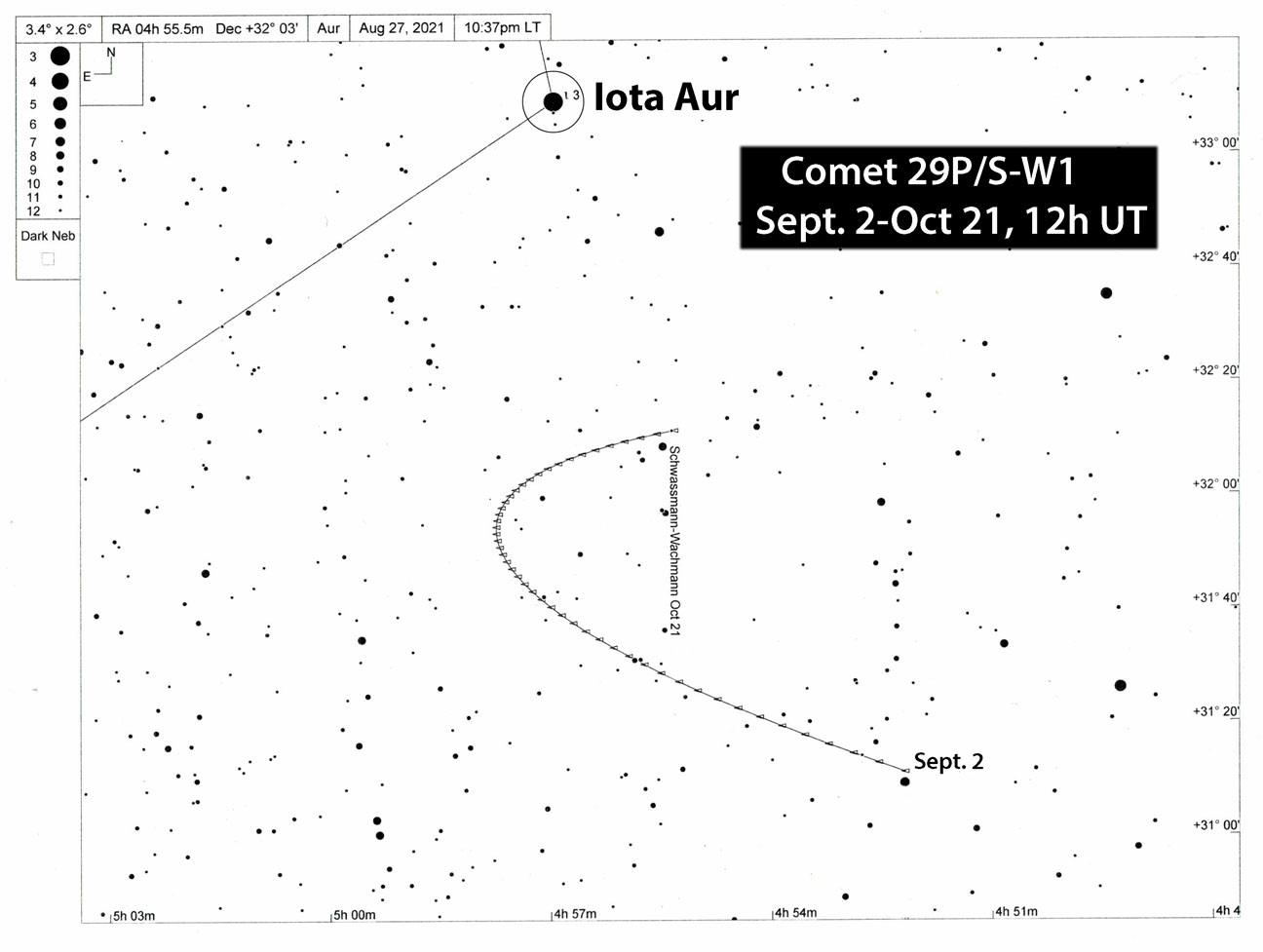Where and how to spot celestial bodies?
Sometimes I herd comets. Recently, the number of observable objects has grown, with four to five comets visible before dawn and another at nightfall. Despite the fact that none are what you'd call bright, there are too many to ignore. Ever since 67P/Churyumov-Gerasimenko also known as Halley's comet, back in 1986 I try not to let a single one of these celestial sliders slip by while I'm alive.
Their movements, beautiful forms, and surprise outbursts and breakups make them irresistible. I've seen around 120 unique comets since my youth. Many of these are periodic, returning again and again at regular intervals. By far, 29P/Schwassmann-Wachmann tops the list of most frequently observed. With an average distance of 6 a.u. it's ordinarily a 16th-magnitude smudge but undergoes multiple outbursts every year, when it can surge to easy visibility in an 8-inch.

I mention it here because of its recent outburst in late August, when Comet 29P suddenly rose from magnitude 16 to 14. Keep an eye on this uneasy fella. Bright flare-ups that could kick the comet into view in a 6- to 8-inch telescope are inevitable. This season it's easy to keep track of because the comet remains within 2.5° of 2.7-magnitude Iota (ι) Aurigae now through mid-November. Most of the time you'll see nothing at its position, but then one night, a small knot of bright fuzz will alert you to a brand new eruption.
The sky was gray. And endless.